DIY Statement Wall Decor Projects to Try Today
Are you ready to turn your dull walls into vibrant canvases that reflect your personality? DIY wall decor projects offer a fantastic opportunity to showcase your creativity while adding character to your living space. Whether you're a seasoned DIY enthusiast or just starting out, these projects are not only budget-friendly but also incredibly fun to make. Imagine walking into a room where every wall tells a story, where your unique style shines through in every detail. Sounds exciting, right? Let's dive into some inspiring ideas that will help you transform your walls into stunning focal points.
First things first, let's talk about the importance of choosing the right materials. The materials you select can make or break your project. From natural elements like wood and stones to more modern choices like metal and fabric, understanding what each material can bring to your design is crucial. For instance, reclaimed wood can add a rustic charm, while vibrant fabrics can infuse a pop of color. Think about what resonates with your style and the atmosphere you want to create in your home.
Now, let's explore some exciting paint techniques that can elevate your wall decor to a whole new level. Have you ever considered the ombre effect? This technique creates a beautiful gradient that can add a touch of elegance to any room. Imagine a soft blend of colors that transitions from a deep hue at the bottom to a lighter shade at the top—absolutely stunning! To achieve this, you'll need to select a color palette that complements your existing decor. Consider using colors that evoke a sense of calm or energize the space, depending on your preference.
Application is key when it comes to achieving that flawless ombre finish. Using brushes and sponges effectively can help you create a smooth transition between colors. Remember, practice makes perfect! So don’t hesitate to experiment a bit before tackling the final wall. And if you're feeling adventurous, stenciling offers endless possibilities for creativity. With stencils, you can create intricate patterns that can truly make your walls pop. The best part? You can customize the designs to reflect your style!
Another fantastic approach to wall decor is upcycling old items. This eco-friendly option not only saves money but also allows you to create unique pieces that tell a story. Have you ever thought about repurposing old frames? They can be transformed into eye-catching wall art by arranging them in a gallery wall effect. Mix and match different sizes and styles for a more dynamic look. Alternatively, old furniture can serve as a canvas for your creativity. Imagine turning an old chair into a quirky shelf or a vintage table into a unique wall-mounted piece. The possibilities are endless!
Incorporating natural elements into your wall decor can also create a calming atmosphere. Bringing the outdoors in is a trend that never goes out of style. Consider creating a living plant wall that adds vibrancy and life to your space. Not only do plants enhance air quality, but they also add a fresh, organic look to your decor. Choose plants that thrive in vertical arrangements, and don’t forget to consider how much sunlight they’ll need!
Wood accents can add warmth and texture to your walls. Using reclaimed wood to create stunning wall art or shelving can enhance your home’s aesthetic while being environmentally friendly. It’s like bringing a piece of nature indoors, and who doesn’t love that?
Finally, let’s not forget about the power of lighting to enhance your wall decor. The right lighting can highlight your projects and create an inviting atmosphere. Wall sconces can add elegance and functionality, while LED strip lights can introduce a modern touch. Imagine how beautiful your favorite pieces will look when illuminated! Explore different styles and placements to find what works best for your decor.
In conclusion, DIY statement wall decor projects are a fantastic way to express your creativity and style while transforming your living space. From selecting the right materials to experimenting with paint techniques, the options are endless. So gather your supplies, unleash your imagination, and start creating a home that truly reflects who you are!
- What materials are best for DIY wall decor? - It depends on your style! Popular choices include wood, fabric, metal, and even paper. Choose what resonates with your vision.
- How do I choose a color palette for my walls? - Consider the mood you want to create. Use complementary colors that reflect your personality and enhance the ambiance of the room.
- Can I use plants for wall decor? - Absolutely! Living plant walls are a great way to bring nature indoors and add life to your space.
- What are some easy upcycling ideas? - Old frames can be arranged for a gallery wall, and furniture can be modified to create unique wall-mounted pieces.

Choosing the Right Materials
When it comes to DIY wall decor projects, the materials you choose can make or break your creation. Selecting the right materials is like picking the perfect ingredients for a recipe; it can elevate your project from ordinary to extraordinary. Whether you're going for a rustic look with reclaimed wood or a modern vibe with sleek metal, understanding the options available will help you craft a masterpiece that truly reflects your personality and style.
One of the first things to consider is the texture and finish of your materials. For instance, if you're looking to create a cozy and inviting atmosphere, you might want to opt for softer materials like fabric or canvas. On the other hand, if you're aiming for a more contemporary or industrial feel, materials such as metal or glass could be the way to go. Here are some popular materials to consider:
- Wood: Perfect for rustic or farmhouse styles, wood can be used in various forms, from planks to branches.
- Fabric: Use fabric for soft wall hangings or to cover existing frames for a pop of color.
- Metal: Great for modern decor, metal can add a sleek and shiny element to your walls.
- Paper: A budget-friendly option, paper can be used for stencils, wall art, or even origami decorations.
- Natural Elements: Incorporating stones, shells, or plants can bring a touch of nature indoors.
Another important aspect to consider is the durability of the materials. If you're creating decor for a high-traffic area, you'll want to choose materials that can withstand wear and tear. For example, if you're planning to use paint, ensure it's suitable for the surface and won't easily chip or fade. Additionally, think about the maintenance required for your chosen materials. Some may need regular upkeep, while others can be more low-maintenance.
Lastly, don't forget about the environmental impact of your materials. Upcycling old items or choosing sustainable materials can not only save you money but also help reduce waste. Consider visiting local thrift stores or flea markets to find unique pieces that can be transformed into stunning wall art.
In summary, choosing the right materials for your DIY wall decor projects is essential for achieving the desired look and feel. Keep in mind the texture, durability, maintenance, and environmental impact of your selections. With the right materials in hand, you're well on your way to creating a stunning focal point that showcases your unique style and personality.

Paint Techniques for Statement Walls
When it comes to transforming your walls into stunning statement pieces, utilizing unique paint techniques can truly elevate your decor game. Think of your walls as a blank canvas, just waiting for your creative touch. Whether you're looking to create a serene atmosphere or a vibrant focal point, the right paint technique can make all the difference. From the soft, blended hues of the ombre effect to the intricate designs of stenciling, the options are endless and exciting!
One popular technique is the ombre effect, which creates a beautiful gradient on your walls. Imagine a gentle transition from a deep navy at the bottom to a soft sky blue at the top, reminiscent of a sunset sky. To achieve this effect, you’ll want to carefully select your color palette. Complementary shades work best, as they create a harmonious flow that can enhance the overall ambiance of your room. Think about the mood you want to convey; soothing colors can create a calming environment, while bold hues can energize a space.
Now, let’s dive into some application tips to help you master the ombre technique. First, gather your materials: high-quality paint brushes, sponges, and painter's tape. Start by painting the darkest color at the bottom of the wall, then gradually blend in lighter shades as you move upward. The key is to work while the paint is still wet, using a sponge to dab and blend the colors seamlessly. This technique takes a bit of practice, but the payoff is a stunning visual impact that will leave your guests in awe.
Another exciting option is stenciling designs. This technique allows you to unleash your creativity and add intricate patterns to your walls. You can find stencils in a variety of shapes and designs, from floral motifs to geometric patterns. The beauty of stenciling is that you can customize your wall decor to reflect your personal style. Imagine a bold geometric design in a contrasting color that draws the eye and becomes a conversation starter!
To get started with stenciling, choose a design that resonates with you and select a paint color that complements your existing decor. Secure the stencil to the wall using painter's tape to prevent any slipping, and then use a sponge or brush to apply the paint. Don't forget to experiment with different colors and layers to create depth and interest. The result? A wall that not only showcases your personality but also adds a unique charm to your space.
In conclusion, paint techniques can dramatically change the look and feel of your space. Whether you opt for the soft elegance of the ombre effect or the bold creativity of stenciling, these methods allow you to express yourself and create a home that truly feels like yours. So, roll up your sleeves, gather your supplies, and let your imagination run wild! Your walls are ready for a makeover, and the possibilities are endless.
- What tools do I need for the ombre effect? You'll need paint brushes, sponges, painter's tape, and a roller for larger areas.
- Can I use any type of paint for stenciling? Yes, but it's best to use acrylic or latex paints for a smooth finish.
- How long does it take for the paint to dry? Drying time can vary, but typically it takes about 1-2 hours for a coat to dry.
- Is it difficult to achieve a perfect ombre effect? It can take practice to get it just right, but with patience and the right technique, you can achieve a beautiful result.
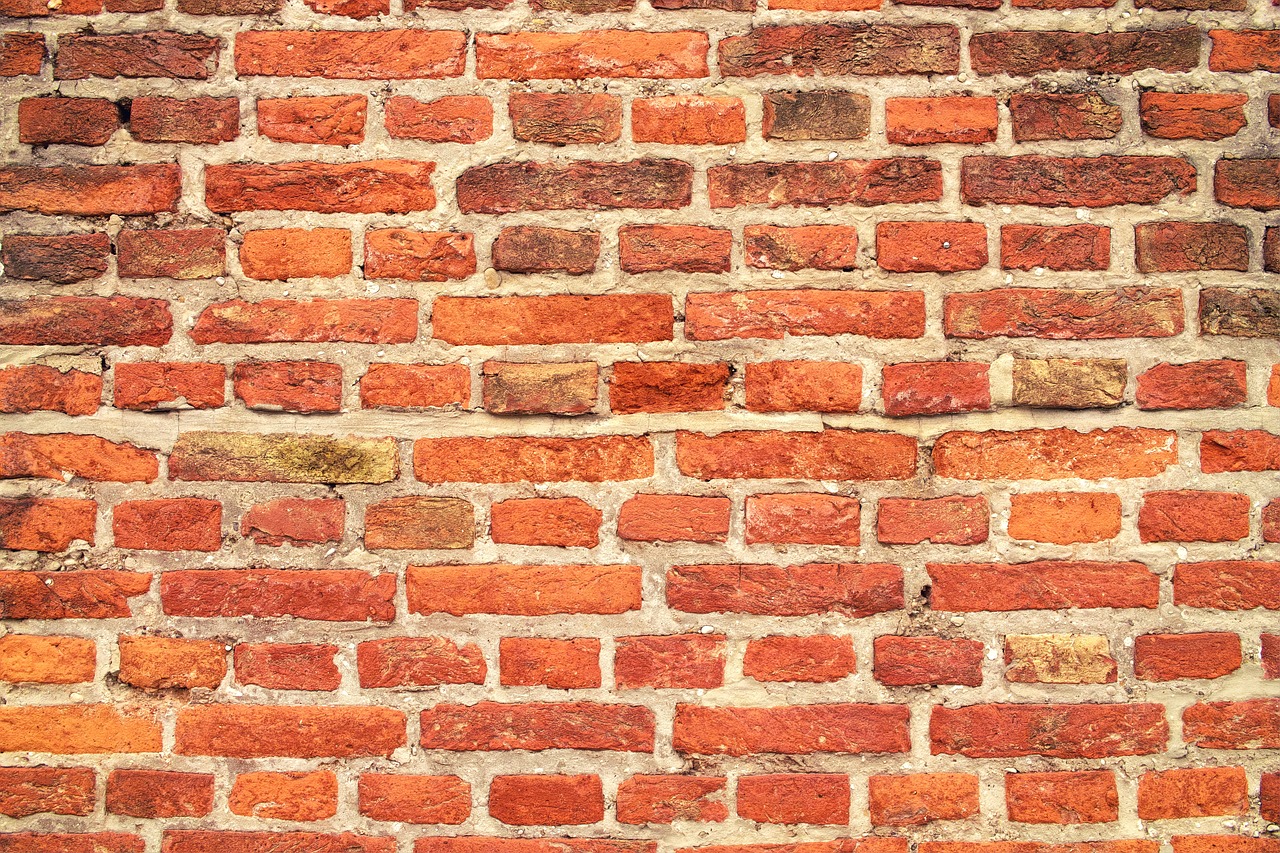
Ombre Effect
The is a stunning painting technique that has taken the interior design world by storm. Imagine walking into a room where the walls seem to dance with color, gradually transitioning from one hue to another. It’s not just a way to add color; it’s a way to create a mood, evoke feelings, and even tell a story. If you’re looking to add a touch of elegance and sophistication to your space, mastering the ombre effect is a fantastic choice.
To achieve this beautiful gradient, you'll need to blend colors seamlessly. The key is in the transition. Start with two or three colors that complement each other; this could be a light and dark shade of the same color or entirely different hues that harmonize well. For example, if you love blues, you might choose a soft sky blue, a vibrant turquoise, and a deep navy. The combination can create a serene ocean-like effect that invites tranquility into your home.
When it comes to application, there are a few techniques you can use. Here’s a quick guide to help you get started:
- Brush Technique: Use a wide brush to apply the base color on the wall. While the paint is still wet, take a smaller brush and apply the second color, blending it into the first.
- Sponging: This method involves using a sponge to dab on the colors, which can create a soft, textured look. It’s perfect for those who want a more organic feel.
- Roller Method: For a more uniform look, use a paint roller. Start with the lightest color and gradually add darker shades, ensuring you blend them well.
One of the most crucial aspects of the ombre effect is selecting your color palette. Think about the ambiance you want to create. Do you want a calm and relaxing space or something more vibrant and energetic? Here are a few tips to help you choose:
- Consider the existing decor in your room.
- Think about the mood you want to evoke.
- Test your colors on a small patch of the wall before committing.
Once you’ve chosen your colors, it’s time to apply them. A smooth transition is essential for a flawless ombre finish. Here are some application tips to ensure you get it right:
- Start with a clean wall: Make sure the surface is free of dust and old paint.
- Use painter's tape: This can help you create clean lines and prevent colors from bleeding into each other.
- Work quickly: Paint while the previous layer is still wet to allow for better blending.
In conclusion, the ombre effect is not just a painting technique; it’s a way to express your creativity and transform your living space. With the right colors and techniques, you can create a stunning visual impact that will leave your guests in awe. So grab your brushes, choose your palette, and get ready to make your walls a true work of art!
Q: Can I use any paint for the ombre effect?
A: While you can technically use any paint, it’s best to choose high-quality latex or acrylic paints for better blending and durability.
Q: How long does it take to dry?
A: Drying time varies by brand, but typically, you should allow at least 1-2 hours between coats.
Q: Can I do the ombre effect on furniture?
A: Absolutely! The ombre effect looks stunning on furniture, adding a unique touch to pieces like dressers and bookshelves.
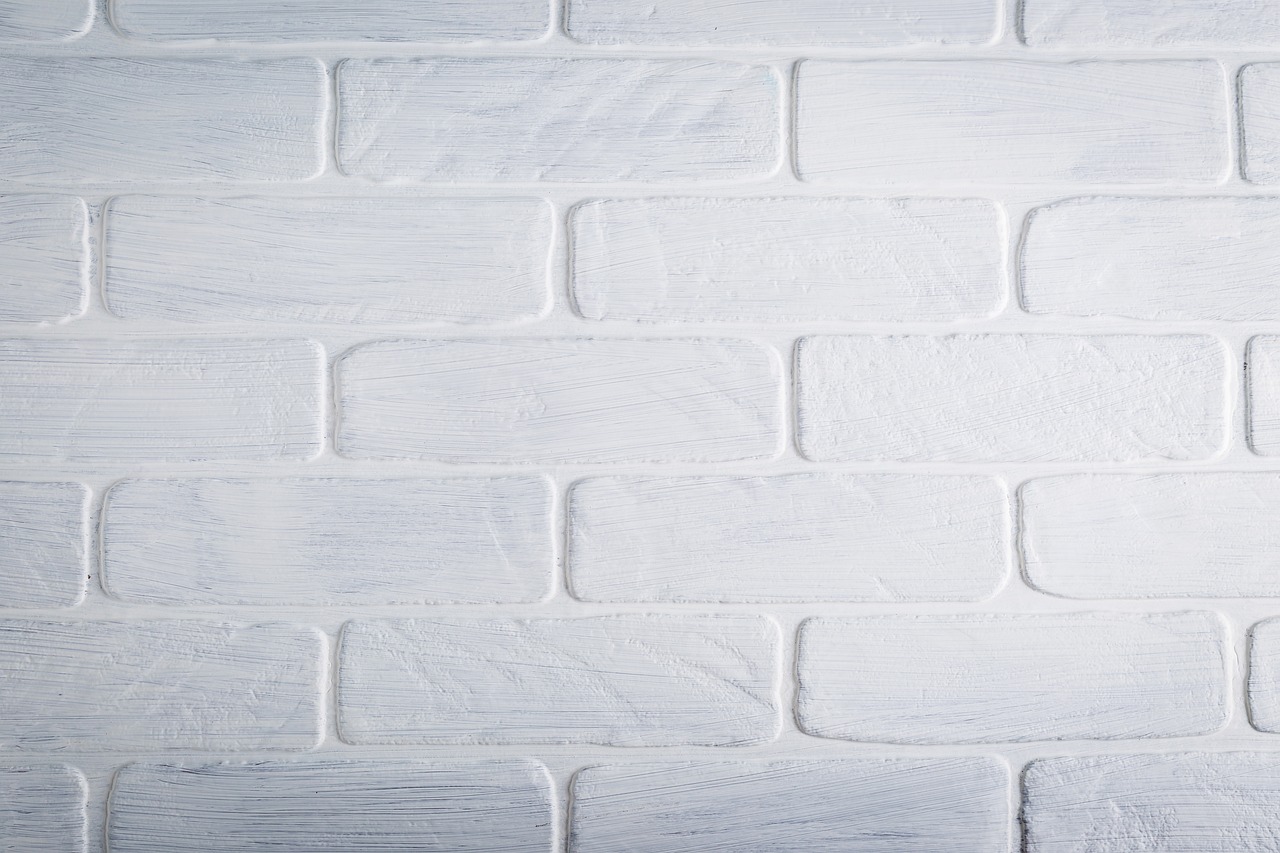
Choosing Your Color Palette
Choosing the right color palette for your ombre effect is not just about picking pretty colors; it’s about creating a harmonious flow that enhances the overall vibe of your space. Think of your walls as a blank canvas, waiting for the brush strokes of your personality to bring it to life. When selecting colors, consider how they will interact with the existing furniture, decor, and lighting in the room. A well-thought-out color scheme can transform a dull room into a vibrant oasis.
Start by narrowing down your options to a few key shades. You might want to consider a monochromatic scheme, where you use different shades of the same color, or a complementary palette, which involves pairing colors that are opposite each other on the color wheel. For instance, if you love the calming effect of blues, you could blend various shades from deep navy to soft sky blue. On the other hand, if you’re feeling adventurous, combining warm oranges with cool blues can create a stunning contrast that draws the eye.
To make the decision-making process easier, you can create a simple color palette table that showcases your chosen colors:
| Color Name | Hex Code | Use |
|---|---|---|
| Deep Navy | #001F3F | Base Color |
| Sky Blue | #87CEEB | Transition Color |
| Soft White | #FFFFFF | Accent Color |
Once you’ve settled on a palette, grab some paint samples and test them on your wall. This step is crucial because colors can look different depending on the lighting and surrounding elements. Apply a few swatches and observe them at different times of the day. You might find that a color you adored in the store looks completely different in your home. Don’t rush this process—take your time to find the perfect combination that resonates with you and complements your space.
Finally, remember that your color choices should reflect your personal style and the mood you want to create. Whether you opt for calming neutrals or bold, vibrant hues, the key is to choose colors that make you feel good. After all, your home is a reflection of who you are, and your walls should tell your unique story.
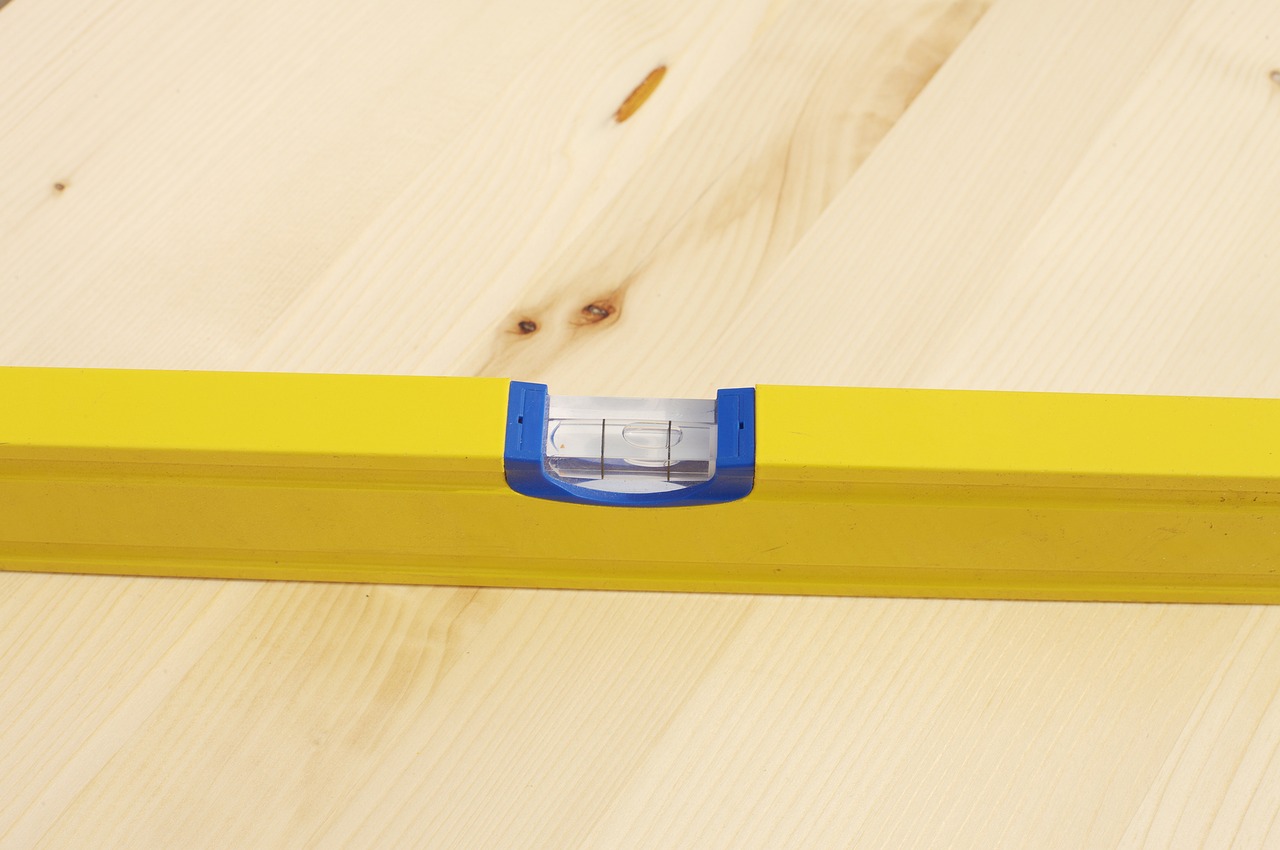
Application Tips
Explore creative and inspiring DIY projects that can transform your walls into stunning focal points, showcasing your personality and style while being budget-friendly and fun to make.
Selecting the appropriate materials is crucial for your DIY wall decor projects. From wood to fabric, understanding the options available will help you create a masterpiece that fits your vision.
Utilizing unique paint techniques can elevate your wall decor. Explore options like ombre, stenciling, and geometric designs to add depth and character to your space.
The ombre effect creates a beautiful gradient that adds a touch of elegance. Learn how to blend colors seamlessly for a stunning visual impact on your walls.
Selecting the right colors is essential for achieving the perfect ombre effect. Consider complementary shades that reflect your style and enhance your room's ambiance.
Mastering the application technique is key to a flawless ombre finish. To achieve that smooth gradient look, start by gathering your materials: high-quality paint, brushes, a roller, and a sponge. It's important to work in sections, applying the lightest color first and gradually blending in darker shades. This method not only helps in achieving a seamless transition but also allows you to control the intensity of the colors.
Here are some tips to keep in mind:
- Prep Your Surface: Ensure your wall is clean and primed. A smooth surface allows for better paint adhesion and a more polished finish.
- Use Quality Brushes: Invest in good brushes and rollers. They make a significant difference in how the paint applies and blends.
- Blend While Wet: Work quickly and blend colors while they are still wet. This technique will help you avoid harsh lines and create that desired gradient effect.
- Practice on a Sample: If you're unsure about your color choices or blending technique, practice on a piece of cardboard or a small section of wall first.
Remember, patience is key. Take your time to ensure each layer dries before moving on to the next, and don’t be afraid to experiment with different colors until you find the perfect combination. The result will be a stunning ombre wall that truly reflects your style!
Upcycling is an eco-friendly way to create wall decor. Learn how to repurpose old items like frames and furniture into unique pieces that tell a story.
Old frames can be transformed into eye-catching wall art. Explore creative ideas for arranging and displaying them to create a gallery wall effect.
Old furniture can serve as a canvas for your creativity. Learn how to modify and mount pieces to create functional yet artistic wall decor.
Bringing nature indoors can create a calming atmosphere. Explore ways to incorporate plants, wood, and stones into your wall decor for a fresh, organic look.
Creating a living plant wall adds vibrancy and life to your space. Discover the best plants to use and how to care for them in a vertical arrangement.
Wood accents can add warmth and texture to your decor. Learn how to use reclaimed wood to create stunning wall art or shelving that enhances your home’s aesthetic.
Strategic lighting can highlight your wall decor and create an inviting atmosphere. Discover various lighting options that can enhance the beauty of your DIY projects.
Wall sconces can add elegance and functionality. Explore styles and placements that will complement your decor while providing ambient lighting.
LED strip lights can create a modern touch. Learn how to incorporate them into your wall decor to create stunning visual effects and highlight your favorite pieces.
1. What materials do I need for DIY wall decor?
You can use a variety of materials such as wood, fabric, paint, and even recycled items. The choice depends on the specific project you want to undertake.
2. How can I achieve a perfect ombre effect?
To achieve a perfect ombre effect, use high-quality paint, blend colors while wet, and practice on a sample surface before applying it to your wall.
3. Can I upcycle furniture for wall decor?
Absolutely! Old furniture can be repurposed and modified to create unique wall art or shelving that adds character to your space.
4. What types of plants are best for a living plant wall?
Consider using low-maintenance plants like succulents, ferns, or pothos, as they thrive in vertical arrangements and require minimal care.
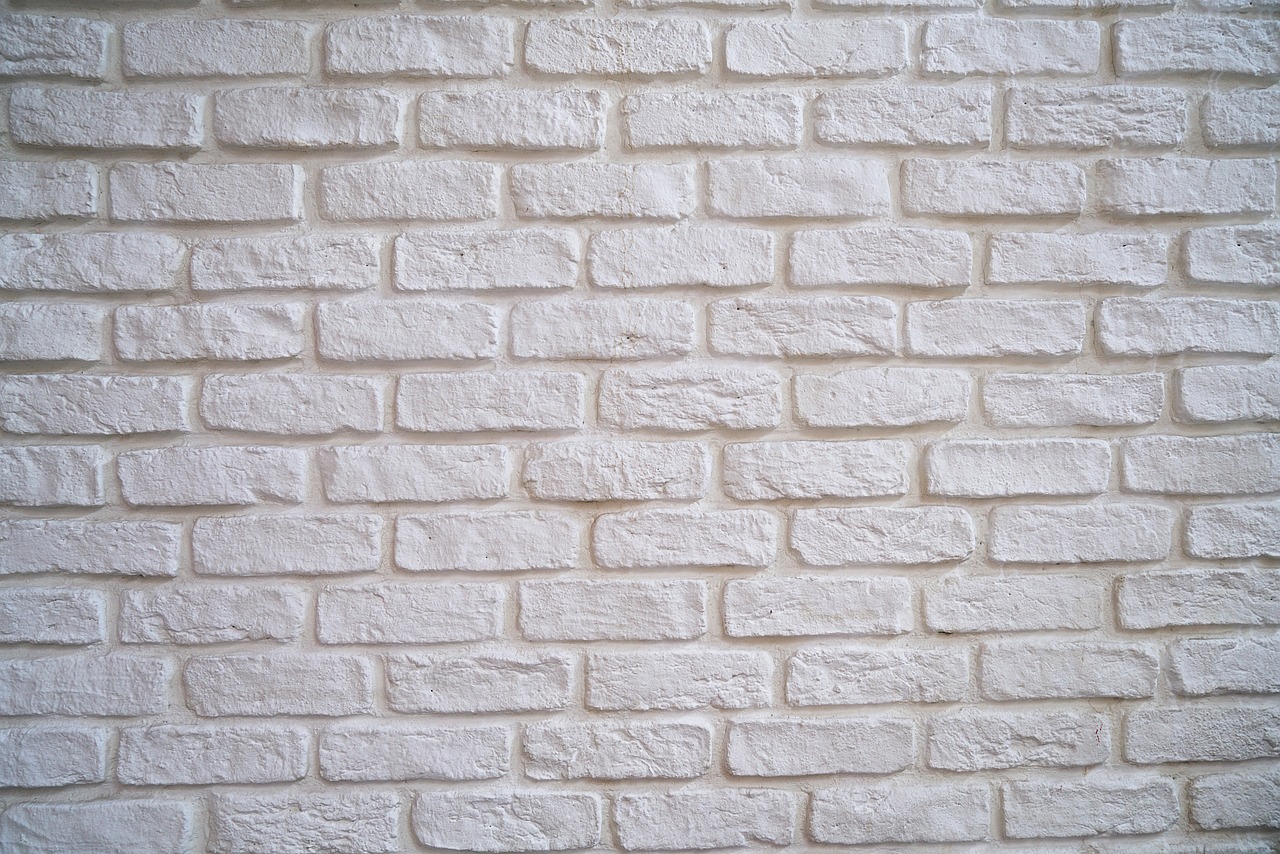
Stenciling Designs
Stenciling is not just a method; it’s a gateway to unleashing your inner artist! Think of it as painting with a guide that allows you to create intricate patterns and designs that can truly transform your walls into a canvas of creativity. Whether you want to add a splash of whimsy to a child's room or create a sophisticated pattern in your living area, stenciling offers endless possibilities. The beauty of stenciling lies in its simplicity; with just a few materials, you can produce stunning results that make your walls pop with personality.
To get started, you'll need some basic supplies: a stencil of your choice, a brush or sponge, and paint in colors that resonate with your decor. It's essential to choose a stencil that complements your style. For instance, floral patterns can bring a touch of nature indoors, while geometric designs can add a modern flair. You can easily find stencils at craft stores or even create your own using cardboard or plastic sheets. The key is to let your imagination run wild!
Once you have your materials ready, the fun begins! Start by preparing your wall surface; it should be clean and dry. Then, secure your stencil in place using painter's tape to prevent any slipping during the painting process. This is where the real magic happens. Use a dabbing motion with your brush or sponge to apply the paint, ensuring that you don't overload it to avoid drips. It's all about that delicate touch!
One of the most exciting aspects of stenciling is the ability to mix and match colors. Consider creating a gradient effect by blending two or more shades within the same stencil design. This technique adds depth and dimension to your artwork, making it visually captivating. If you're feeling adventurous, try layering different stencils to create a unique pattern that reflects your personal style.
After completing your design, step back and admire your work! You can also enhance your stenciled wall by incorporating other decor elements, such as framed art or decorative shelves, to create a cohesive look. Remember, the goal is to express yourself and make your space feel uniquely yours.
Stenciling is not just a project; it's an experience that can bring joy and satisfaction as you watch your vision come to life. So, roll up your sleeves, grab your supplies, and let the stenciling begin!
Here are some common questions people have about stenciling designs:
- Can I use any type of paint for stenciling? - While acrylic paints work well, it’s best to choose paints that are suitable for your wall surface. Always check the label for compatibility.
- How do I clean my stencil after use? - Clean your stencil with warm soapy water immediately after use to prevent paint from drying on it. A soft sponge or cloth works best.
- Can I stencil over textured walls? - Yes, but it may require some adjustments. Use a thicker paint or a sponge to ensure even coverage over the texture.
- What is the best way to store my stencils? - Store them flat in a cool, dry place to prevent bending or warping.

Upcycling Old Items
Upcycling is not just a trend; it's a powerful way to breathe new life into old items while also being kind to our planet. Imagine transforming a dusty old frame or a forgotten piece of furniture into stunning wall decor that reflects your personality and style. Not only does this approach save money, but it also adds a unique story to your home. So, let’s dive into the world of upcycling and discover how you can turn everyday items into extraordinary decor!
One of the most rewarding aspects of upcycling is the creativity it sparks. Think about those old picture frames collecting dust in your attic. Instead of tossing them aside, consider how they can be repurposed into a beautiful gallery wall. You can mix and match different sizes, colors, and textures to create an eclectic look that speaks volumes about your taste. By arranging these frames in an artistic manner, you can showcase your favorite photos, artwork, or even fabric swatches, turning your wall into a canvas of memories and creativity.
Another exciting avenue for upcycling is furniture transformation. Perhaps you have an old chair or a side table that no longer fits your decor. Instead of letting it go to waste, why not give it a makeover? With a little paint, some new hardware, or even a fresh upholstery, you can create a stunning piece that not only serves a purpose but also acts as a statement piece on your wall. Consider hanging a small shelf made from an old wooden crate, which can hold plants or books, adding both functionality and charm to your space.
To get started with your upcycling projects, here are some essential tips to keep in mind:
- Assess Your Items: Look at what you have and envision its potential. Sometimes, the most mundane items can become the most striking decor.
- Get Creative: Don’t be afraid to think outside the box. Combining different materials can lead to unique creations.
- Stay Practical: Ensure that your upcycled items are safe and functional. If you’re repurposing furniture, make sure it’s sturdy enough for use.
Remember, the beauty of upcycling lies in its ability to tell a story. Each piece you create is a reflection of your journey, creativity, and personality. So, gather those forgotten items, unleash your imagination, and start crafting your unique wall decor today!
Q: What materials are best for upcycling?
A: Almost anything can be upcycled! Look for wooden items, metal frames, fabric, and even glass jars. The key is to choose items that resonate with your style and can be easily transformed.
Q: Do I need special tools for upcycling?
A: While some projects may require basic tools like paintbrushes, scissors, or a glue gun, many upcycling projects can be done with what you already have at home. Start small and see where your creativity takes you!
Q: Can upcycled items be sold or gifted?
A: Absolutely! Upcycled creations make fantastic gifts and can be sold at local markets or online. Each piece carries a unique story, making them special for whoever receives them.

Repurposing Frames
Old frames are often overlooked treasures just waiting to be transformed into stunning wall art that reflects your personality. Imagine walking into a room where the walls are adorned with a gallery of memories, creativity, and style—all crafted from simple, discarded frames. The beauty of repurposing frames lies in their versatility; you can paint them, create collages, or even turn them into shadow boxes that tell a story. It’s like giving new life to something that was once forgotten, and the best part? It’s budget-friendly!
To start your frame repurposing journey, gather a variety of frames in different sizes and styles. You can choose ornate vintage frames for a classic look or sleek modern ones for a contemporary vibe. Once you have your collection, consider these creative ideas:
- Gallery Wall: Arrange your frames in a visually pleasing layout on the wall. Mix and match sizes and colors to create an eclectic look that draws the eye.
- Frame Collage: Use multiple smaller frames to form a larger design. You can fill them with photos, artwork, or even fabric swatches that complement your room’s color scheme.
- Shadow Boxes: Turn deep frames into shadow boxes by adding depth with three-dimensional objects. Think of displaying cherished keepsakes, dried flowers, or travel mementos.
Once you have your frames ready, the next step is to personalize them. A fresh coat of paint can do wonders! Choose a color that either contrasts with your wall or complements the overall decor. For an added touch, consider using stencils or decoupage to incorporate patterns or designs that resonate with your style.
After painting, it’s time to fill your frames. You might want to print out your favorite quotes, family photos, or even abstract art that you created yourself. The possibilities are endless! Arrange the contents creatively, and don’t be afraid to mix different materials. For instance, a frame holding a piece of fabric can add texture and warmth to your wall.
Finally, hang your newly repurposed frames with care. Use picture-hanging strips for a no-damage solution or traditional hooks for a more permanent fixture. Make sure to step back and evaluate your arrangement before securing everything in place. You want to ensure that each piece complements the others, creating a harmonious display that captivates anyone who enters the room.
Repurposing frames is not just a DIY project; it’s a way to express yourself and create a unique atmosphere in your home. It’s about taking something old and giving it a new purpose, much like giving a second chance to an old friend. So gather your frames, unleash your creativity, and start transforming your walls into a canvas of your life’s stories!
- What types of frames work best for repurposing?
Any frame can be repurposed, but consider using a mix of sizes and styles for visual interest. Vintage frames often add charm, while modern frames can provide a sleek look.
- Can I use frames without glass?
Absolutely! Frames without glass can be used for shadow boxes or to display fabric and other materials, allowing for more creativity.
- How do I hang my repurposed frames?
You can use picture-hanging strips for a damage-free option or nails and hooks for a more secure hold. Just be sure to measure and plan your layout before hanging.
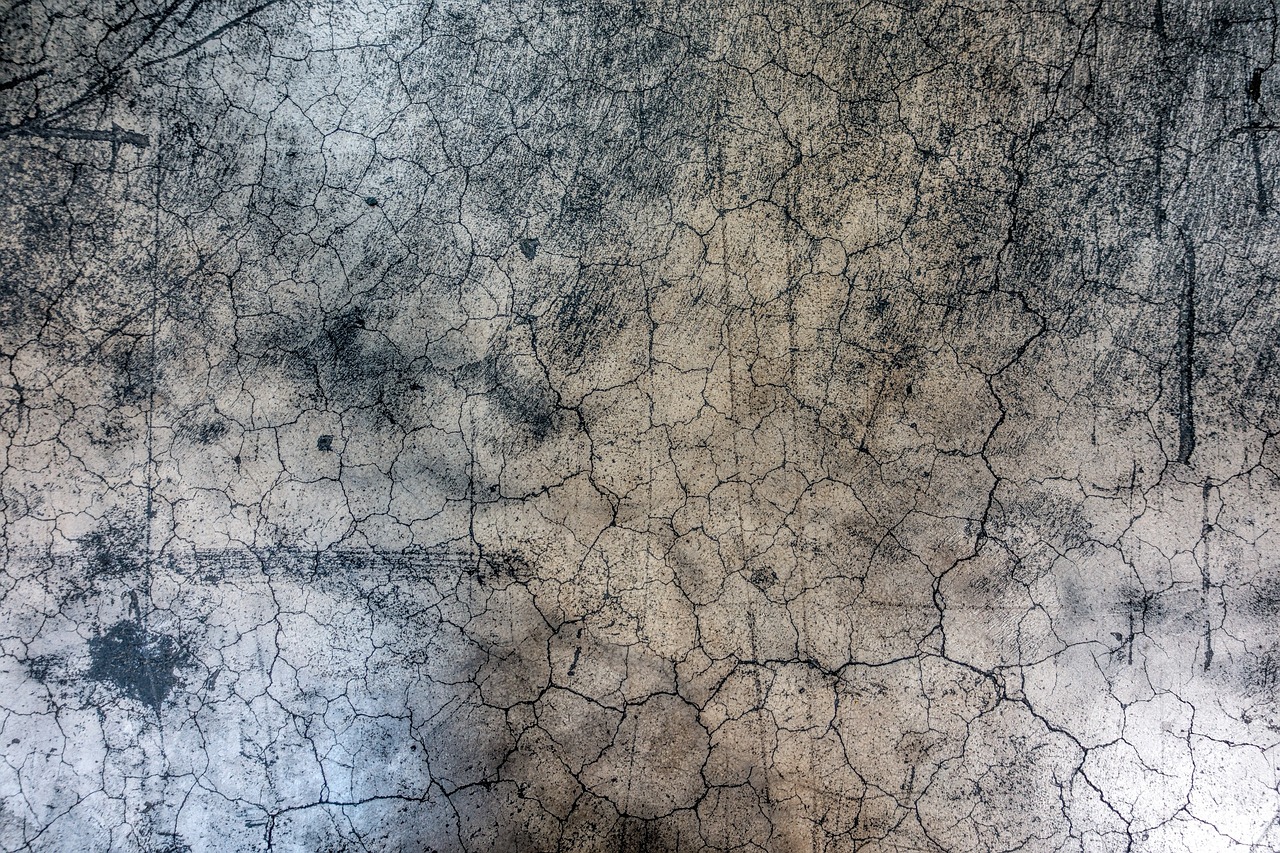
Furniture Transformations
Transforming old furniture into stunning wall decor is not just a creative outlet; it’s a sustainable practice that breathes new life into items that may otherwise end up in a landfill. Imagine taking a tired, old chair and turning it into a quirky wall-mounted shelf or repurposing a vintage dresser into a unique display unit. The possibilities are endless, and the results can be breathtaking!
One of the most exciting aspects of furniture transformations is the opportunity to showcase your personal style. You can choose to keep the original paint and finish for a rustic look, or you can go bold with bright colors and patterns. For example, if you have an old wooden ladder, consider painting it a vibrant hue and using it as a decorative shelf for plants or books. Not only does this add character to your space, but it also serves a functional purpose.
When embarking on a furniture transformation project, it's important to follow a few essential steps to ensure your piece not only looks great but also remains functional:
- Assess the Condition: Before starting, check the furniture for any damage. Repair any broken parts to ensure durability.
- Choose Your Design: Think about how you want to use the piece. Will it be purely decorative, or will it serve a functional purpose as well?
- Gather Your Materials: Depending on your design, you might need paint, brushes, screws, or even additional wood for support.
- Plan Your Layout: If you're creating a wall-mounted piece, plan where you want it to hang and how it will fit into your existing decor.
Here are a few inspiring ideas for furniture transformations that can make a statement on your walls:
| Furniture Item | Transformation Idea | Final Use |
|---|---|---|
| Old Ladder | Paint and hang horizontally to use as a shelf | Display plants or books |
| Vintage Suitcase | Attach to the wall for a unique storage solution | Store small items or use as decorative art |
| Wooden Crates | Stack and mount to create a rustic shelving unit | Showcase photos or collectibles |
Each of these transformations not only enhances your wall space but also tells a story. They reflect your creativity and resourcefulness while adding a personal touch to your home. So, gather those old pieces you’ve been meaning to toss out and let your imagination run wild! Remember, the key is to have fun and enjoy the process of creating something uniquely yours.
Q: What types of furniture are best for transformation projects?
A: Look for sturdy items that you can easily modify, such as wooden crates, old chairs, or even small tables. The more versatile the piece, the better!
Q: Do I need special tools for furniture transformations?
A: While some projects may require basic tools like a screwdriver or drill, many transformations can be done with just paint and brushes. Always assess what you need based on your specific project.
Q: Can I use furniture transformations in small spaces?
A: Absolutely! Small items like shelves or wall-mounted decor can make a big impact without taking up valuable floor space.

Incorporating Natural Elements
Bringing nature indoors can truly transform your living space, creating a calming atmosphere that promotes relaxation and rejuvenation. Imagine stepping into a room adorned with the beauty of natural elements—it’s like inviting a piece of the outdoors to coexist with your interior design. Whether you’re a plant enthusiast or someone looking to add a touch of organic charm, there are countless ways to incorporate nature into your wall decor.
One of the most popular methods is through the creation of living plant walls. These vertical gardens not only serve as stunning focal points but also improve air quality and add a splash of color to your home. When planning your living wall, consider using a variety of plants that thrive in similar light and humidity conditions. Some excellent choices include:
- Succulents - Low maintenance and available in various shapes and colors.
- Ferns - Lush and vibrant, perfect for adding texture.
- Spider Plants - Hardy and known for their air-purifying qualities.
To successfully create a living plant wall, you’ll need to select the right framework. Options can range from simple wooden pallets to elaborate metal grids. Make sure to incorporate a proper irrigation system to keep your plants thriving, as well as a drainage plan to prevent water damage to your walls.
Another fantastic way to introduce natural elements is through the use of wood accents. Reclaimed wood, in particular, can add a rustic charm and warmth to your decor. Consider crafting a stunning piece of wall art using old barn wood or driftwood, which can be arranged in various designs—from geometric patterns to free-form art. Additionally, wooden shelves made from reclaimed materials can serve both functional and aesthetic purposes, allowing you to display plants, books, or other decorative items.
Don’t forget about the beauty of stones and pebbles! Incorporating these natural materials can add a unique texture to your walls. You might create a mosaic or use them as part of a frame for your artwork. The earthy tones of stones can complement any color palette, making them a versatile choice for enhancing your decor.
In summary, incorporating natural elements into your wall decor not only beautifies your space but also fosters a connection with nature. Whether it’s through living plant walls, wooden accents, or the use of stones, the possibilities are endless. So, roll up your sleeves and get creative—your walls are waiting for a touch of nature!
Q: What types of plants are best for a living wall?
A: Succulents, ferns, and spider plants are excellent choices as they thrive in various conditions and are relatively easy to care for.
Q: How do I maintain a living plant wall?
A: Regular watering, ensuring proper drainage, and providing adequate light are key to maintaining a healthy living wall.
Q: Can I use artificial plants for a natural look?
A: Absolutely! High-quality artificial plants can provide the same aesthetic without the maintenance, making them a great option for busy individuals.
Q: What are some eco-friendly materials for wall decor?
A: Consider using reclaimed wood, natural stones, and organic fabrics to create a sustainable and stylish decor.
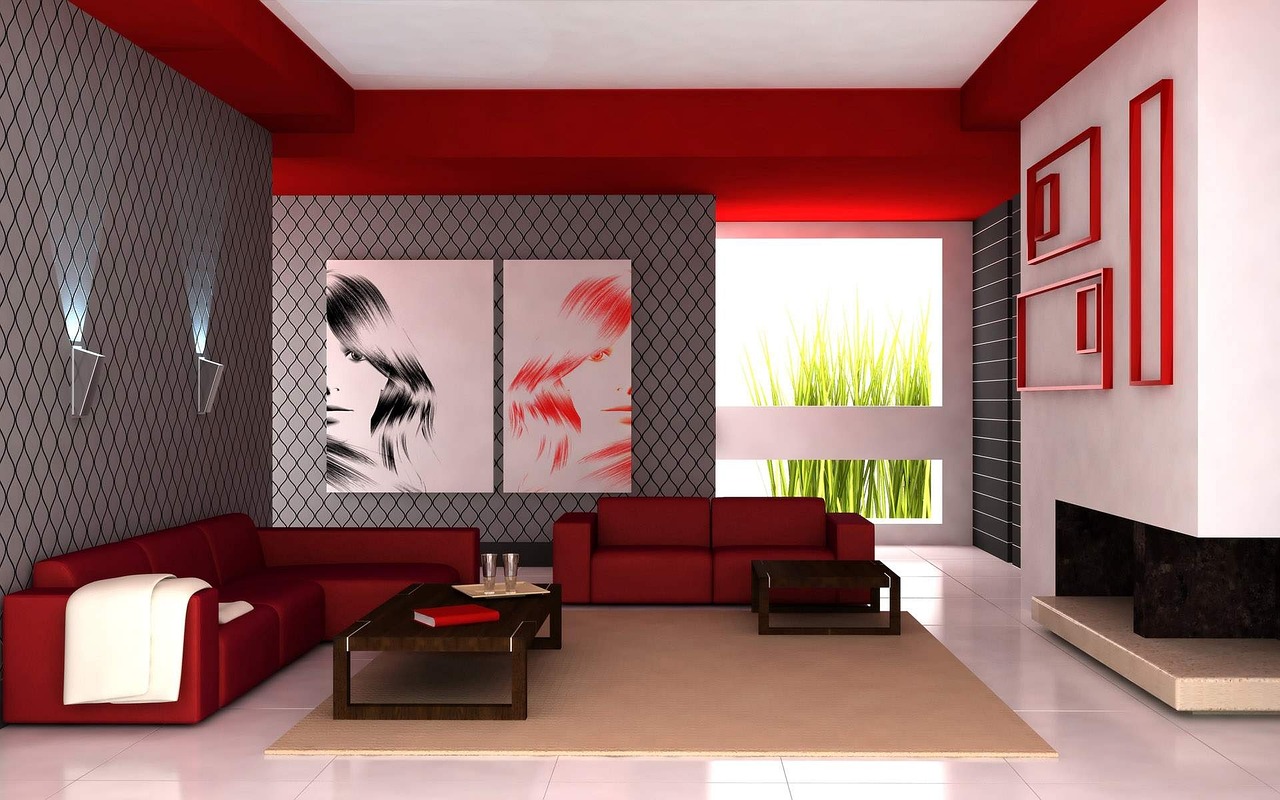
Living Plant Walls
Creating a living plant wall is not just a trend; it's a way to bring a piece of nature into your home, making it feel vibrant and alive. Imagine walking into a room where the walls are adorned with lush greenery, each plant contributing to a sense of tranquility and freshness. This DIY project is not only visually stunning but also offers numerous benefits, including improved air quality and a calming atmosphere. But how do you go about creating your own living plant wall? Let’s dive into the essentials!
First, you’ll need to choose the right plants for your vertical garden. Not all plants are suitable for living walls, so it's essential to select those that thrive in a vertical setup. Here are some popular options:
- Succulents: These hardy plants require minimal maintenance and come in various shapes and colors.
- Ferns: Perfect for adding a lush, green look, ferns thrive in humid environments.
- Herbs: Not only do they look great, but they also provide fresh ingredients for your kitchen!
- Spider Plants: Known for their air-purifying qualities, they are also easy to care for.
Once you’ve selected your plants, the next step is to design the wall itself. You can use a variety of materials such as wooden pallets, metal grids, or even specially designed vertical garden kits that come with pockets for each plant. The key is to ensure that your structure allows for proper drainage and air circulation. You wouldn’t want your plants to drown, right?
After setting up your structure, it’s time to plant! Arrange your plants in a way that creates a visually appealing composition. Consider the height, color, and texture of each plant to create a balanced look. For example, you might want to place taller plants at the top and smaller ones at the bottom. This layering effect not only looks beautiful but also mimics the natural growth patterns found in nature.
Now, let’s talk about maintenance. Just like any garden, a living plant wall requires care. Make sure to water your plants regularly, but be cautious not to overwater. A good rule of thumb is to check the moisture level of the soil before adding more water. Additionally, providing adequate light is crucial; most plants will thrive in bright, indirect sunlight. If your wall is in a low-light area, consider using grow lights to ensure your plants get the energy they need to flourish.
To wrap it up, a living plant wall can be a stunning focal point in your home, offering both aesthetic and health benefits. Whether you’re a seasoned gardener or a newbie, this project is an excellent way to express your creativity while enjoying the beauty of nature indoors. So grab your tools, choose your plants, and get ready to transform your walls into a green paradise!
Q: How do I choose the right plants for my living wall?
A: Consider factors such as light availability, humidity levels, and your ability to care for the plants. Opt for varieties that thrive in your specific conditions.
Q: How do I maintain my living plant wall?
A: Regularly check the moisture levels, provide adequate light, and trim any dead leaves or overgrown plants to keep your wall looking its best.
Q: Can I use any wall for a living plant wall?
A: Ideally, choose a wall that receives natural light. Ensure that the wall can support the weight of the plants and the structure you use.
Q: How often should I water my living plant wall?
A: This depends on the types of plants you choose and the environment. Generally, check the soil moisture once a week and water as needed.

Wood Accents
Wood accents can truly transform your living space, infusing it with a sense of warmth and a touch of rustic charm. Imagine stepping into a room where the walls are adorned with stunning wooden art pieces, each telling a story of nature's beauty. Whether you’re using reclaimed wood or freshly cut planks, the versatility of wood allows for a myriad of creative possibilities. You can create everything from simple shelves to intricate wall art that grabs attention and sparks conversation.
One of the most appealing aspects of using wood for decor is its ability to blend seamlessly with various interior styles. For instance, a sleek, modern home can benefit from minimalistic wooden shelves that provide functionality while still being aesthetically pleasing. On the other hand, a cozy farmhouse can embrace the rustic vibes of weathered wood planks, creating that inviting atmosphere we all love. The key is to choose the right type of wood and finish that complements your existing decor.
When planning your wood accent project, consider the following ideas to get those creative juices flowing:
- Wooden Shelves: Floating shelves made from reclaimed wood can serve as both storage and decor. They can hold books, plants, or your favorite decorative items.
- Wall Art: Create a stunning focal point by arranging wooden pieces into a geometric pattern or using wood slices to make a unique wall hanging.
- Framed Mirrors: Frame your mirrors with rustic wood to add depth and character to your space. This not only enhances the mirror's functionality but also serves as a beautiful decor piece.
To help you visualize the impact of wood accents, here’s a simple table showcasing different types of wood finishes and their potential uses in wall decor:
| Type of Wood Finish | Best Uses |
|---|---|
| Natural Stain | Enhancing the grain of the wood for shelves and art pieces |
| Whitewash | Creating a light, airy feel for rustic decor |
| Dark Stain | Adding elegance to frames and furniture accents |
| Painted Finish | Making bold statements with colorful wall art |
Incorporating wood accents into your home decor not only enhances its aesthetic appeal but also promotes sustainability. By using reclaimed materials, you’re giving new life to what might otherwise be discarded. Plus, the tactile quality of wood adds an organic element that can soften the overall look of your space, making it feel more inviting and lived-in.
So, are you ready to embark on your wood accent journey? Remember, the beauty of DIY decor is that you can tailor it to reflect your personal style. Whether you choose to go bold with dark stains or subtle with natural finishes, your wooden accents will surely add charm and character to your walls.
Q: What types of wood are best for wall decor?
A: Softwoods like pine or cedar are great for beginners due to their workability, while hardwoods like oak or walnut offer durability and a more sophisticated look.
Q: How do I maintain wood accents in my home?
A: Regular dusting and occasional polishing with a wood-safe cleaner will keep your wood accents looking fresh. Avoid excessive moisture to prevent warping.
Q: Can I mix different types of wood in my decor?
A: Absolutely! Mixing different wood types and finishes can create an eclectic and visually interesting design, just be mindful of color coordination.
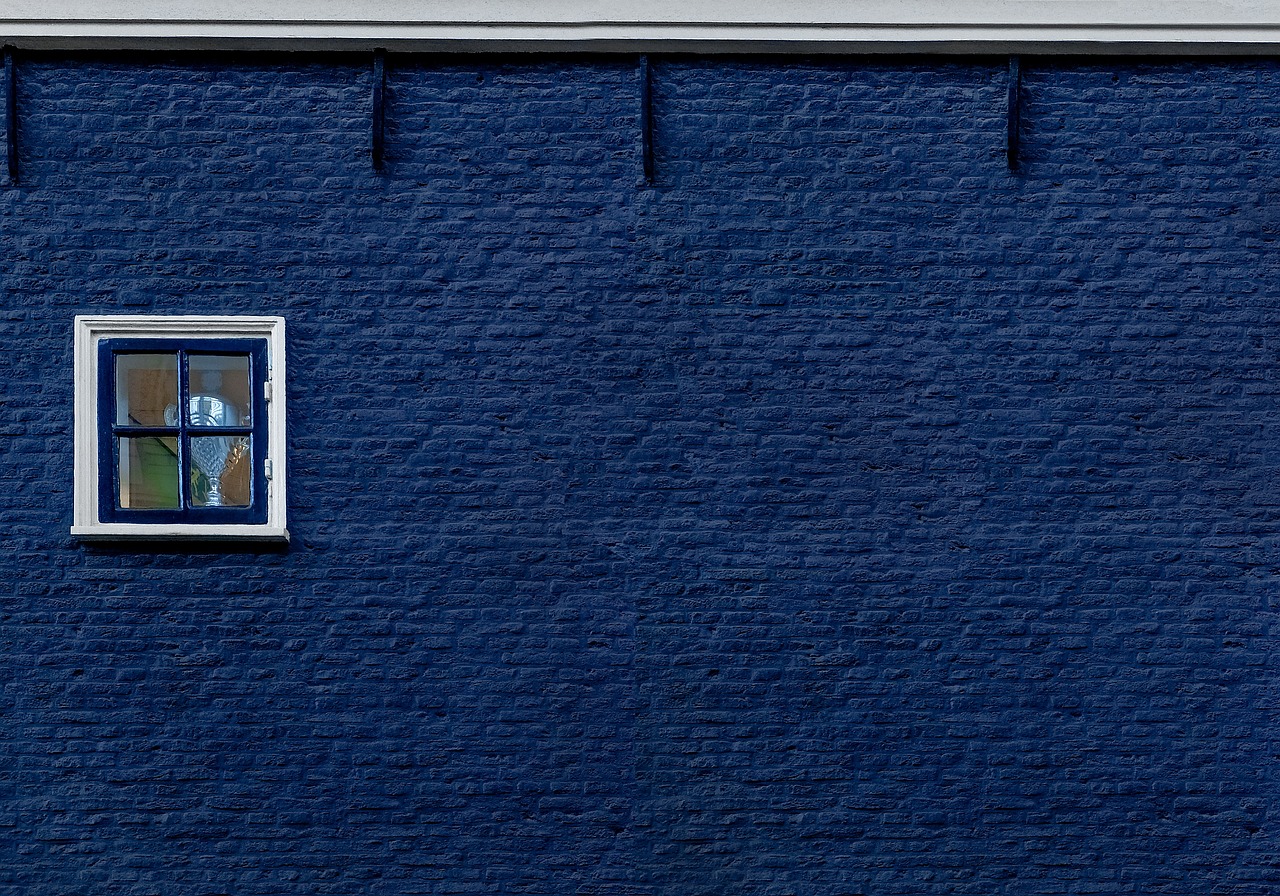
Lighting to Enhance Wall Decor
Strategic lighting can be a game-changer when it comes to showcasing your DIY wall decor. Think of it as the cherry on top of your artistic cake! Just like a well-placed spotlight can make a performer shine on stage, the right lighting can highlight the unique features of your wall art, creating an inviting and warm atmosphere in your home. Whether you're aiming for a cozy nook or a vibrant gallery feel, lighting can help you achieve that perfect ambiance.
One of the most popular options for enhancing wall decor is wall sconces. These fixtures not only provide functional lighting but also add an element of elegance to your space. Imagine a beautifully designed sconce flanking a piece of art, casting a soft glow that draws the eye. When selecting sconces, consider styles that complement your decor. For example, if you have a rustic theme, go for wrought iron or wooden sconces. On the other hand, sleek and modern designs work well in contemporary settings.
Another innovative way to illuminate your walls is by using LED strip lights. These versatile lights can be placed along the edges of shelves, behind picture frames, or even integrated into your wall art. They come in various colors and intensities, allowing you to customize the mood of your room effortlessly. Want a calming blue for a relaxing evening or vibrant colors for a party? With LED strip lights, the choice is yours! Plus, they are energy-efficient, making them a smart choice for both your wallet and the environment.
When planning your lighting, keep in mind the three types of lighting you can incorporate into your decor: ambient, task, and accent. Ambient lighting provides overall illumination, task lighting focuses on specific areas, and accent lighting highlights particular features. A well-thought-out combination of these can transform your space into a beautifully lit gallery. For instance, you might use ambient lighting from ceiling fixtures, task lighting from wall sconces near reading areas, and accent lighting from LED strips highlighting your favorite art pieces.
To give you a clearer idea of how to mix these lighting types effectively, here's a simple table outlining some ideas:
| Lighting Type | Purpose | Examples |
|---|---|---|
| Ambient | General illumination for the entire room | Ceiling fixtures, chandeliers |
| Task | Focused lighting for specific activities | Wall sconces, desk lamps |
| Accent | Highlighting specific decor elements | LED strip lights, spotlights |
In conclusion, the right lighting not only enhances your wall decor but also elevates the overall feel of your space. By mixing and matching different lighting styles, you can create a living environment that reflects your personality and makes a statement. So, go ahead and experiment with various lighting options to see what works best for your unique decor!
Q: What type of lighting is best for highlighting wall art?
A: Accent lighting, such as wall sconces or spotlights, is ideal for highlighting wall art. It draws attention to the artwork and enhances its visual appeal.
Q: Can I use LED strip lights in any room?
A: Absolutely! LED strip lights are versatile and can be used in any room. They work well in living rooms, bedrooms, and even kitchens to create a modern look.
Q: How can I create a cozy atmosphere with lighting?
A: To create a cozy atmosphere, use warm-toned bulbs for ambient lighting, incorporate soft wall sconces, and consider adding dimmers to control the brightness.
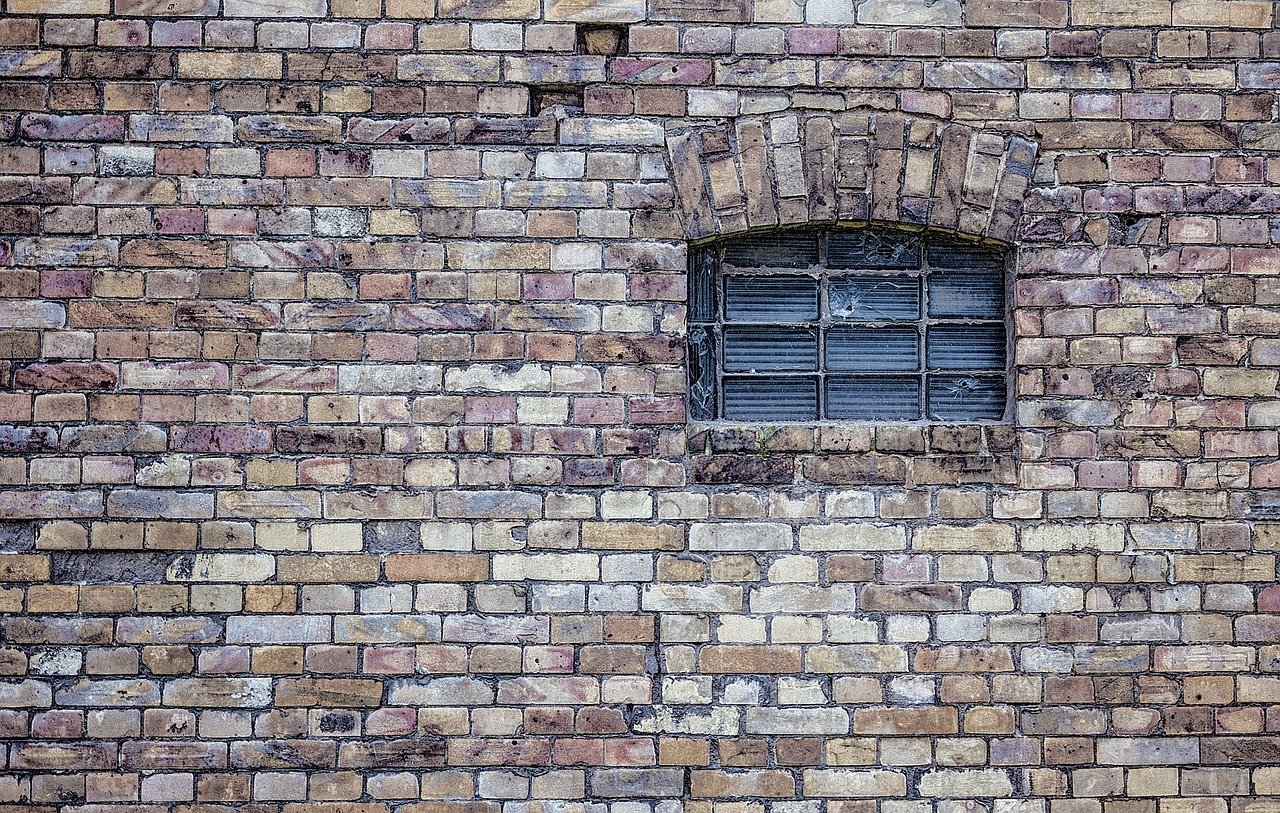
Wall Sconces
Wall sconces are more than just functional light fixtures; they are a fantastic way to add a touch of elegance and style to your home decor. Imagine walking into a room where the walls are bathed in a warm, inviting glow, instantly making the space feel more welcoming. These versatile lighting options can serve multiple purposes, from providing ambient light to accentuating your favorite wall decor. Whether you prefer a modern, sleek design or something more traditional, there’s a sconce out there that fits your aesthetic.
When choosing wall sconces, consider the style and placement. For instance, if you have a gallery wall filled with art, placing sconces on either side can draw attention to the pieces and create a stunning focal point. Alternatively, sconces can be used in hallways, bedrooms, or living rooms to enhance the overall ambiance. Here are a few styles to consider:
- Modern Sconces: Sleek lines and minimalistic designs that fit perfectly in contemporary settings.
- Rustic Sconces: Made from wood or wrought iron, these add a cozy, farmhouse feel to your space.
- Vintage Sconces: Ornate designs that evoke a sense of nostalgia and charm.
Placement is crucial when it comes to wall sconces. A good rule of thumb is to install them at eye level, typically around 60-66 inches from the floor. This height ensures that the light is effective without being blinding. Additionally, consider the spacing between sconces; they should be placed around 6-8 feet apart to create a balanced look. If you’re using multiple sconces in a row, ensure they align with any furniture or architectural features in the room to maintain a cohesive design.
Another exciting aspect of wall sconces is the variety of bulbs you can use. From warm white to cool daylight, the type of bulb can dramatically change the mood of your space. For a cozy atmosphere, opt for soft, warm bulbs. If you’re looking for something more energizing, brighter, cooler bulbs can do the trick. Additionally, consider using dimmer switches to control the intensity of the light, allowing you to create the perfect ambiance for any occasion.
Incorporating wall sconces into your decor is not just about aesthetics; it’s also about functionality. They can provide essential light in areas where overhead lighting might not reach, such as reading nooks or corners of a room. Plus, they free up valuable floor space, making them ideal for smaller homes or apartments. With so many designs and options available, wall sconces are a chic and practical addition to any home decor project.
Q: How do I choose the right size wall sconce for my space?
A: The size of your wall sconce should be proportional to the wall and the surrounding decor. For example, larger sconces work well on expansive walls, while smaller ones are better suited for compact areas. A good rule of thumb is to select sconces that are about one-third the height of the wall they’re mounted on.
Q: Can I use wall sconces in a bathroom?
A: Absolutely! Wall sconces are a great addition to bathrooms, especially around mirrors. Just ensure that you choose fixtures that are rated for damp or wet locations to avoid any electrical hazards.
Q: How do I install wall sconces?
A: Installing wall sconces typically involves securing the mounting bracket to the wall, connecting the electrical wires, and attaching the sconce. If you’re not comfortable with electrical work, it’s best to hire a professional electrician to ensure safety.
Q: Can I use LED bulbs in wall sconces?
A: Yes, LED bulbs are a great option for wall sconces due to their energy efficiency and long lifespan. Just make sure the sconce is compatible with LED bulbs, as some fixtures may require specific types of bulbs.
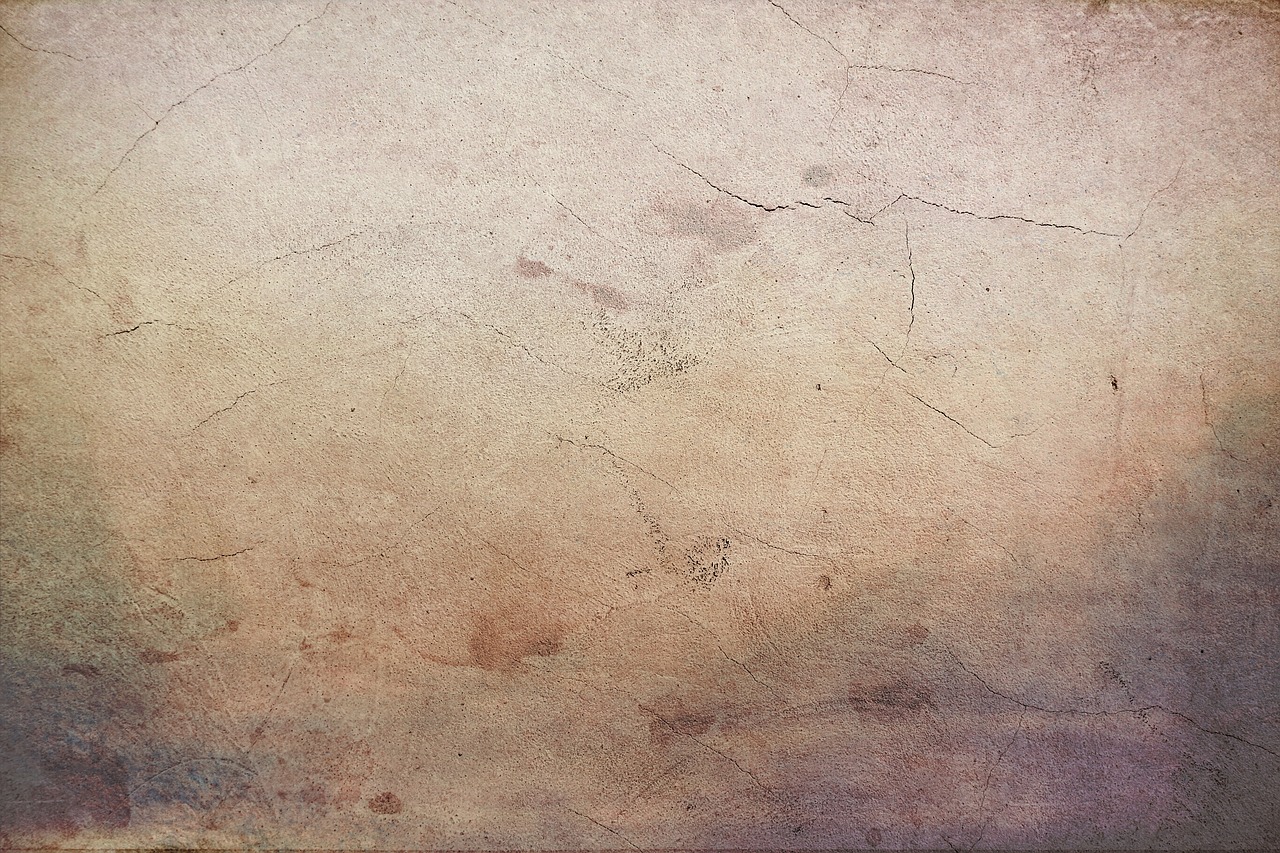
LED Strip Lights
LED strip lights are the unsung heroes of modern home decor, adding a dynamic flair to your walls that can transform any room into a vibrant space. Imagine walking into a room where the walls glow with color, creating an atmosphere that’s both inviting and exciting. These flexible light strips can be easily installed, making them a go-to choice for DIY enthusiasts looking to elevate their wall decor without breaking the bank.
One of the best things about LED strip lights is their versatility. You can use them to highlight specific areas of your wall decor or create a stunning backdrop for your favorite pieces. Whether you’re aiming for a cozy ambiance with warm white lights or a party vibe with colorful hues, the options are virtually limitless. You can even set them to change colors based on your mood or the occasion, making them a fun addition to any space.
When considering how to incorporate LED strip lights into your decor, think about the placement and design. Here are some creative ideas to get you started:
- Under Shelves: Installing LED strips under shelves can create a floating effect, making your decor pop.
- Behind Artwork: Placing lights behind framed pieces can give your art a halo effect, drawing attention and creating depth.
- Along Ceilings: Running strips along the perimeter of your ceiling can add an elegant touch while making the room feel larger.
- In Corners: Highlighting corners with LED lights can create a cozy nook that’s perfect for reading or relaxation.
Installation is a breeze, too. Most LED strip lights come with an adhesive backing, allowing you to simply peel and stick them wherever you desire. However, for a more permanent solution, you can use mounting clips or channels. Don’t forget to consider your power source; many strips can be plugged into standard outlets, while others may require hardwiring. Always check the specifications to ensure you’re choosing the right type for your needs.
To enhance the experience further, many LED strip lights are compatible with smart home systems, allowing you to control the colors and brightness with just your voice or smartphone. Imagine dimming the lights for a movie night or setting them to a vibrant color for a party, all with a simple command! This level of customization not only adds convenience but also allows you to express your personality through your decor.
In conclusion, LED strip lights are a fantastic way to add a modern twist to your wall decor. Their flexibility, ease of installation, and ability to create an immersive atmosphere make them a must-have for anyone looking to refresh their space. So why not give them a try? You might just find that a little light can go a long way in transforming your home.
Q: Can I cut LED strip lights to fit my space?
A: Yes, most LED strip lights can be cut at designated points along the strip, allowing you to customize the length to fit your specific needs.
Q: Do LED strip lights require special installation?
A: No special installation is needed; most LED strip lights come with adhesive backing for easy application. However, if you prefer a more permanent installation, you can use mounting clips.
Q: Are LED strip lights energy-efficient?
A: Absolutely! LED lights are known for their energy efficiency, consuming significantly less power than traditional lighting options.
Q: Can I use LED strip lights outdoors?
A: Yes, but make sure to choose outdoor-rated LED strip lights that can withstand weather conditions.
Frequently Asked Questions
- What materials should I use for my DIY statement wall decor?
Choosing the right materials is essential for your DIY projects. You can use a variety of materials such as wood, fabric, metal, and even recycled items. It all depends on the look you want to achieve and your personal style. Remember, the more creative you get, the more unique your decor will be!
- How can I achieve an ombre effect on my wall?
To create a stunning ombre effect, start by selecting a color palette that flows well together. Use a paintbrush or sponge to blend the colors seamlessly from light to dark. It’s all about the technique—practice makes perfect! Don’t be afraid to experiment until you get that gorgeous gradient you’re after.
- What are some creative ways to upcycle old items for wall decor?
Upcycling is all about giving new life to old items! Think about using old picture frames to create a gallery wall or transforming an old piece of furniture into a unique wall-mounted shelf. The possibilities are endless—get crafty and let your imagination run wild!
- How can I incorporate plants into my wall decor?
Creating a living plant wall is a fantastic way to bring nature indoors. Use wall-mounted planters or shelves to display your favorite plants. Be sure to choose low-maintenance plants that thrive in your environment, and remember to care for them to keep your wall looking vibrant and fresh!
- What types of lighting work best to enhance wall decor?
Strategic lighting can make a world of difference! Wall sconces can provide elegant ambient lighting, while LED strip lights can create a modern touch and highlight your favorite pieces. Consider the mood you want to create and choose lighting that complements your decor style.



















